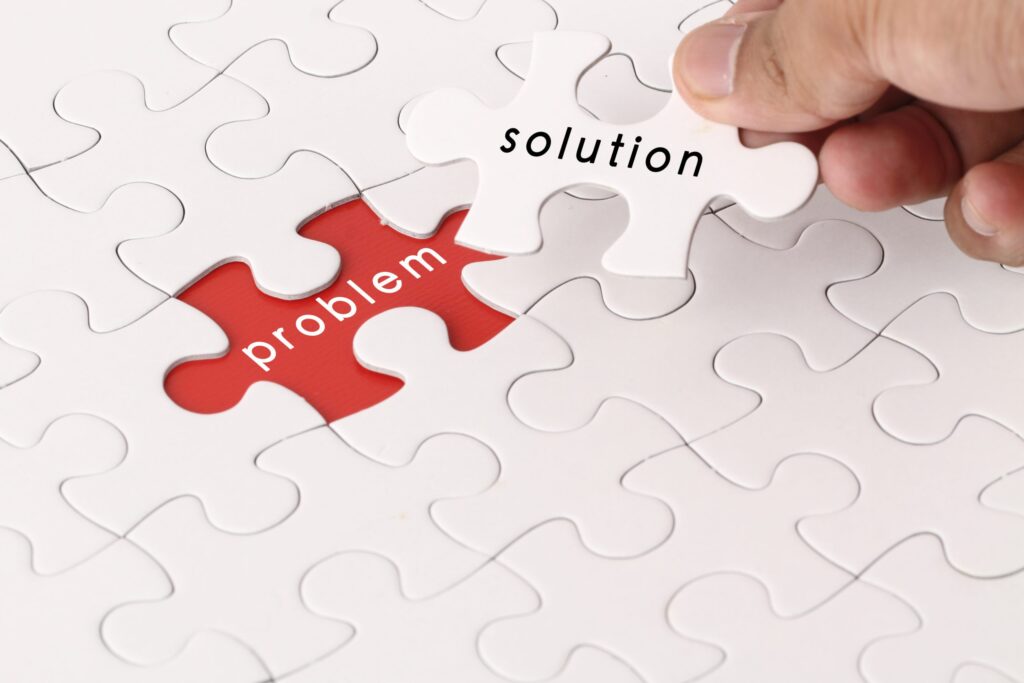Apr. 8, 2021

Why Your Product Should “Own a Problem”
Every single product should solve a problem. Assuming that your product offers the best quality for your clients, the chances are that you will boom in sales and make thousands of customers satisfied, right? Hm, not necessarily.
The best product will not always win the battle of consideration in the customer’s mind. One good example that represents this paradox is the videocassette player Betamax produced by Sony back in 1975. Conceived as a new technology to record and watch videos at their convenience, Sony’s offered a higher level of quality versus the competitor’s alternative option, the VHS produced by JVC at that time.
While Sony invested heavily in promoting product quality, JVC promoted how friendly their product customer experience was. Focusing on the convenience of watching shows not when they were broadcast but at a later time.
Although Sony’s alternative was way superior in quality, the company could not successfully associate their product with the audience’s primary problem. The audience was looking for a great experience and not for the best technology. End of story: Sony’s Betamax ends up as a complete fail.
For years JVC had led the videotape industry, being the owner of the problem of watching videos when it was more convenient. Leadership that remained until the emergence of Blu-ray discs in 2006.
Clearly associating your product with its problem is important. But to “own a problem” is key for successfully engaging and converting your audience into customers.
Let’s see why your product should own a problem:
Clarifies your sales message
The problem is the beginning. It is where everything starts. With no problem, there is no sustainable sales message that generates conversions. People search on Google looking for answers for their problems; that’s why the Google search page is the most visited website globally.
That said, when people are searching, they are looking for the missing component that may solve their problem: A product or service that solves the problem. Simple as that.
Incorporating the problem into your sales message clarifies your communication plan, generating more engagement in your audience.
One of the best practices in Email Marketing, for instance, is to approach what problem your brand is trying to solve right at the beginning of the conversation, and with that, attracting attention from a particular audience. From there, the sales message evolves, leveraging the level of trust in the brand and its perception of capacity to solve the problem.
Generates alignment between Marketing and Sales
When you openly discuss your customer’s problem in your message, you create a bridge between marketing and sales that can be powerful. With a unique message about who we are helping, how we are helping and what is generated as an outcome, a common language is created, bringing consistency and authenticity to your brand’s perception.
People are looking for a product that they can trust, whatever the level of the risk involved. When its perceived consistency from and each company’s communication channel, the level of trust in a particular product increases, helping your sales performance.
Helps to position your brand as the solution for their problem
Additionally, when your product owns a problem, you are reinforcing your positioning as an authority around your offer.
Walmart is associated with low prices. Volvo associates its brand with safe cars. They are examples of companies who associated their brands with the audience’s problems.
With a stronger positioning, you are turning your sales follow-up process more efficient too. In recent research conducted by Hubspot, it was identified that 80% of sales require five follow-up calls. The same report indicates that 60% of people want to connect with sales during the consideration stage after researching the options and coming up with a shortlist.
These statistics show that a sales process does not happen overnight. It’s a step-by-step process where you may have a great advantage positioning your brand authority as a problem owner and at the same time as its exclusive solution.
Final thoughts
Invest some hours of your agenda interviewing your customers to validate their real problems. Product features are relevant only when they are in alignment with the problem you are solving. From there, incorporate the problem into your sales message and position yourself as to its owner. Associate as much you can, your offer and its problems. The rest is just noise.
For more expert email marketing tips and how you can apply and succeed in your business, contact us today!
Book with us
Let’s accomplish what you are looking for, our team of experts are here for you.
Let's work togetherWarning: Working with our team may result in excessive creativity, uncontrollable 'aha' moments, and an addiction to perfect pixels. Please proceed with caution.



